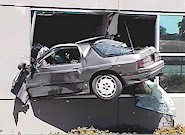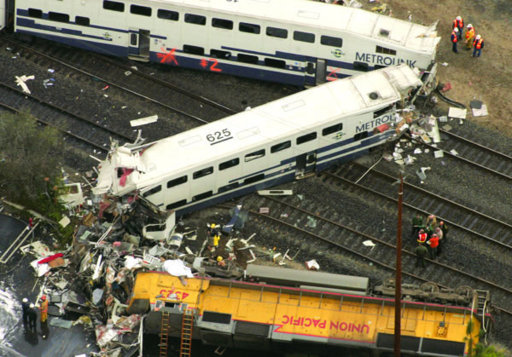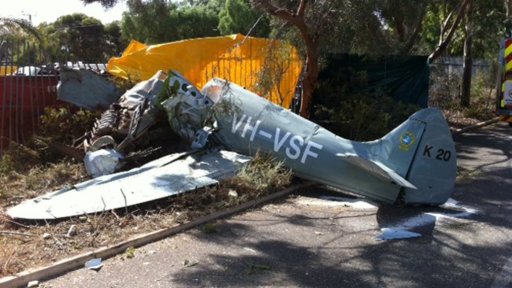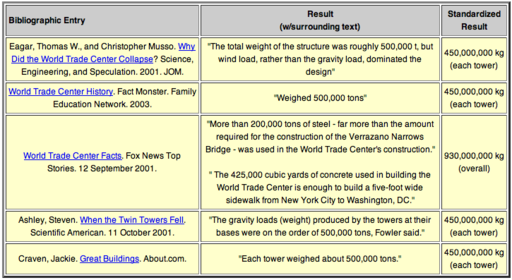Jazzy
Closed Account
Yes. As a floor expands from beneath, where the fire is, it is forced to bow. It first expands its length, and then as it bows, its effective length shortens and it forms a catenary (hanging chain) in elevation.You mean bowed from thermal expansion?
Yes.bows
Is deflection on your part. Is it deliberate?melting
Penultimate stage, yes. Followed by pulling out its fixings and falling away.contraction
You don't have to tell me.:confused
The same as it was twelve years ago.which theory is it today
I lost them on a previous computer. I cannot find them in NIST's new format.And you resisted posting these wonderful pictures why?
Are short descriptions of the same event."7 collapsed internally over an extended period and only the facade/skin was left so that's why it fell so uniformly and quickly'... 'the back fell first whilst no one was looking and that's why the facade fell so quickly and straight'.
I'm sorry, I don't know what this refers to.NIST didn't test for that, which is presumably why they didn't find any evidence. When are you planning on revealing this to NIST... they will be sooooo pleased... ROFLMFAO.
I spent five minutes finding that off the cuff. There's a huge body of evidence out there, lot's of it on truther sites, which confirms NIST's findings.But wait, do you have any evidence other than a few lightish pixels in a shitty pic
[...]and an Walter Mitty type imagination? I mean... they could be anything... disturbed owls flying out...explosions... fire...reflections... dust the list goes on... But no I forgot... you will simply tell them who you are and what you say is always right... blah blah... zzzzzzzzzzzzzzzz
Don't blame me for talking down to you. You are the one that stepped into the hole you're in.Says the guy who keeps posting totally unrelated videos of balls clacking together, choo choo trains and bits of wood on springs... keep it up... all to your usual standard.... pure garbage.
George's style is beginning to affect you. It isn't an improvement.Yep that's excellent.... really pleased you finally managed to learn something.... pictures really are a good teaching aid... hope the big arrows and the 79 helped... carry on learning this fast and who knows where you may end up
Yes, it was a great big column, well-insulated, with two hours' fire protection. But going to be subjected to seven hours of continuous fire.




